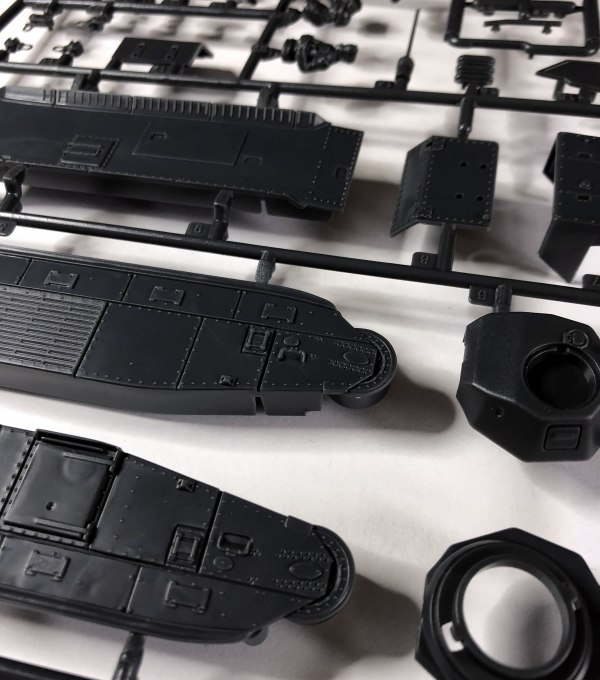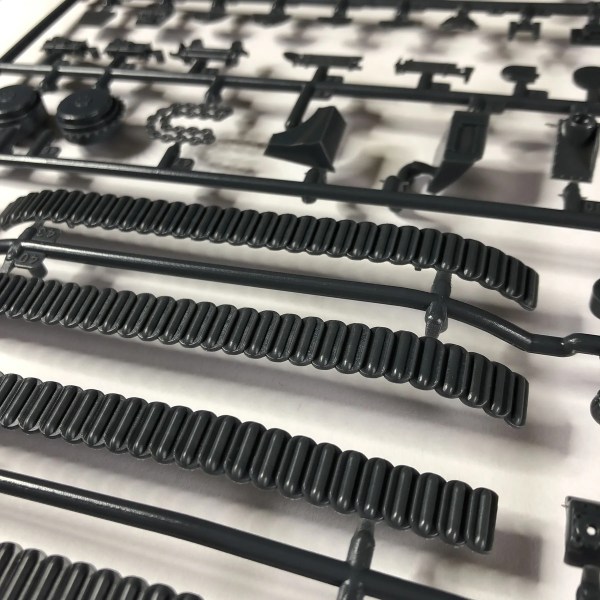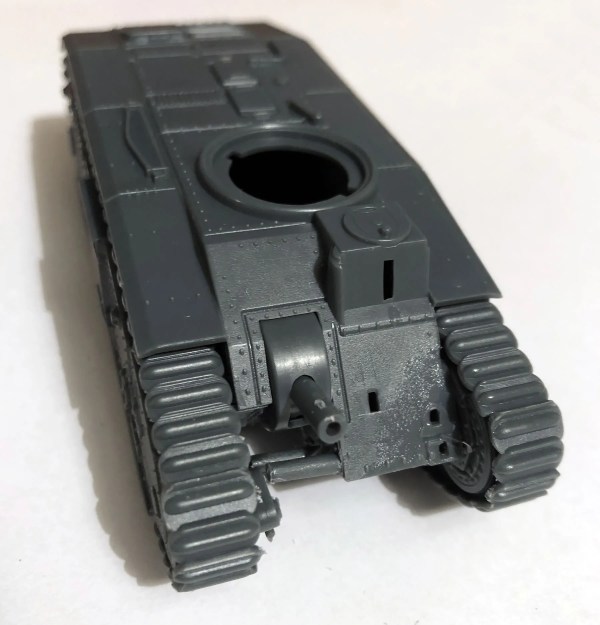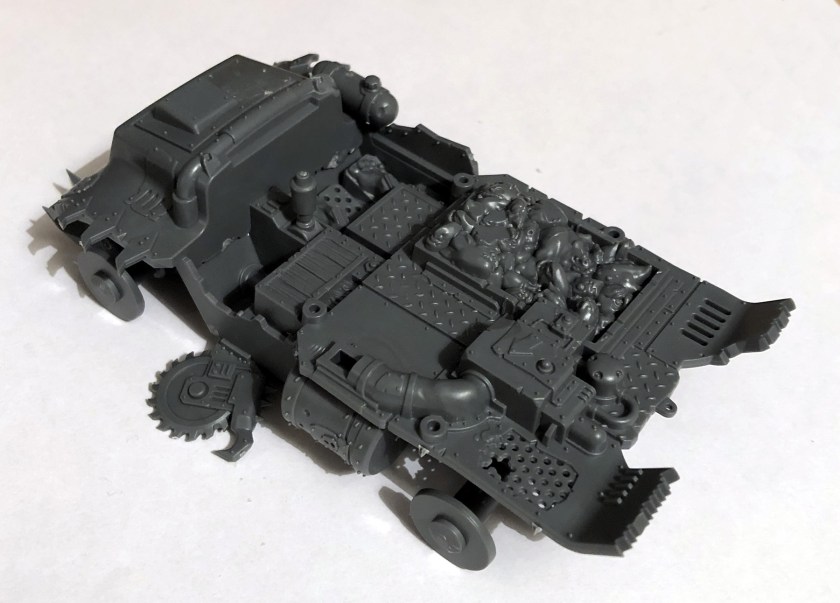The French Char B1 is one of my favourite tanks, probably as a result of making that Matchbox plastic kit of the Char B1 and the Renault FT17 when I was young.
So it was probably a no brainer to get one of these for my French partisan band.
The Char B1 was a specialised break-through vehicle, originally conceived as a self-propelled gun with a 75 mm howitzer in the hull; later a 47 mm gun in a turret was added, to allow it to function also as a Char de Bataille, a “battle tank” fighting enemy armour, equipping the armoured divisions of the Infantry Arm.
Among the most powerfully armed and armoured tanks of its day, the type was very effective in direct confrontations with German armour in 1940 during the Battle of France, but slow speed and high fuel consumption made it ill-adapted to the war of movement then being fought. After the defeat of France, captured Char B1 (bis) would be used by Germany, with some rebuilt as flamethrowers, Munitionspanzer, or mechanised artillery.
What I had discovered in my research about the FFI (Forces Françaises de l’Intérieur) was that they had re-captured many of the German Char B1s and used them against the Germans.

The model is a plastic kit and comes in a nice box complete with decals and instructions.

There are two sprues in the box.


The kit does go together relatively easily.

I had a few issues when putting the frontal weapon into place and where the top hull joins the bottom hull.

There are quite a few options when it comes to putting it together, if you want an original vanilla French Char B1, a captured German version or, as I am doing a liberated version for use in 1944 and 1945.

See the full workbench feature on the Bolt Action FFI Char B1.



























